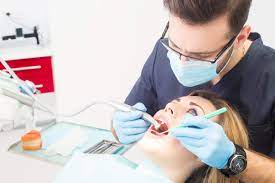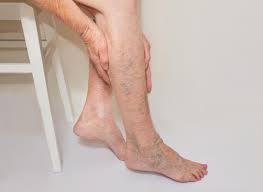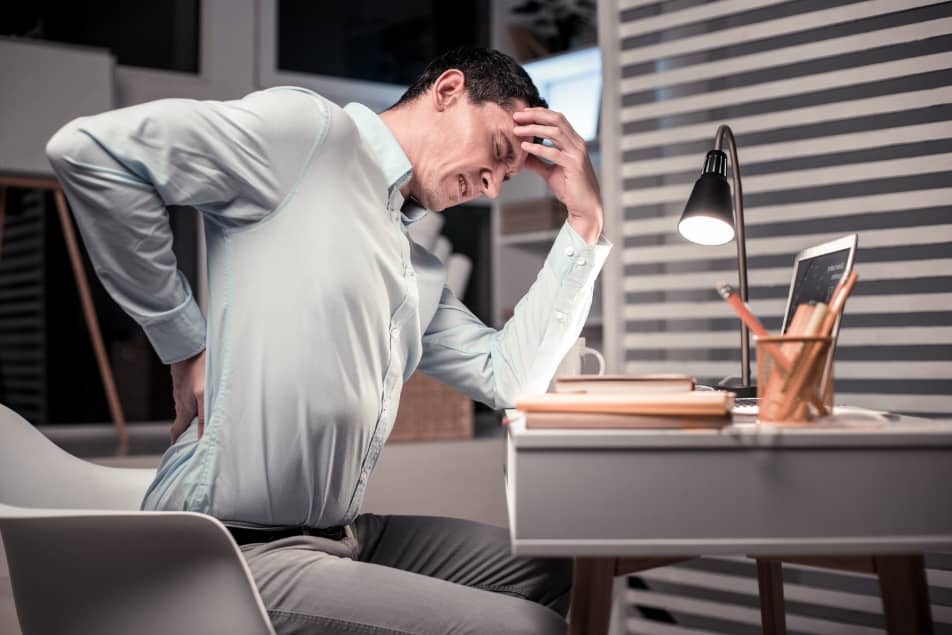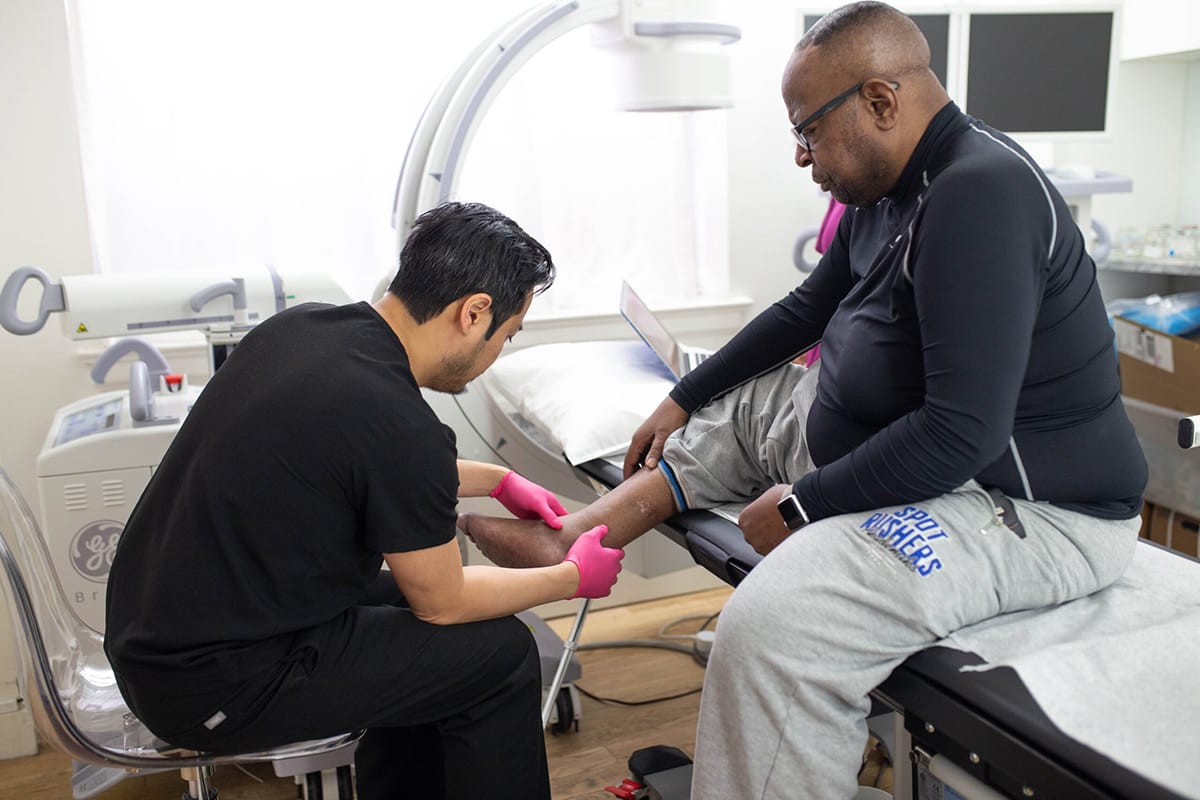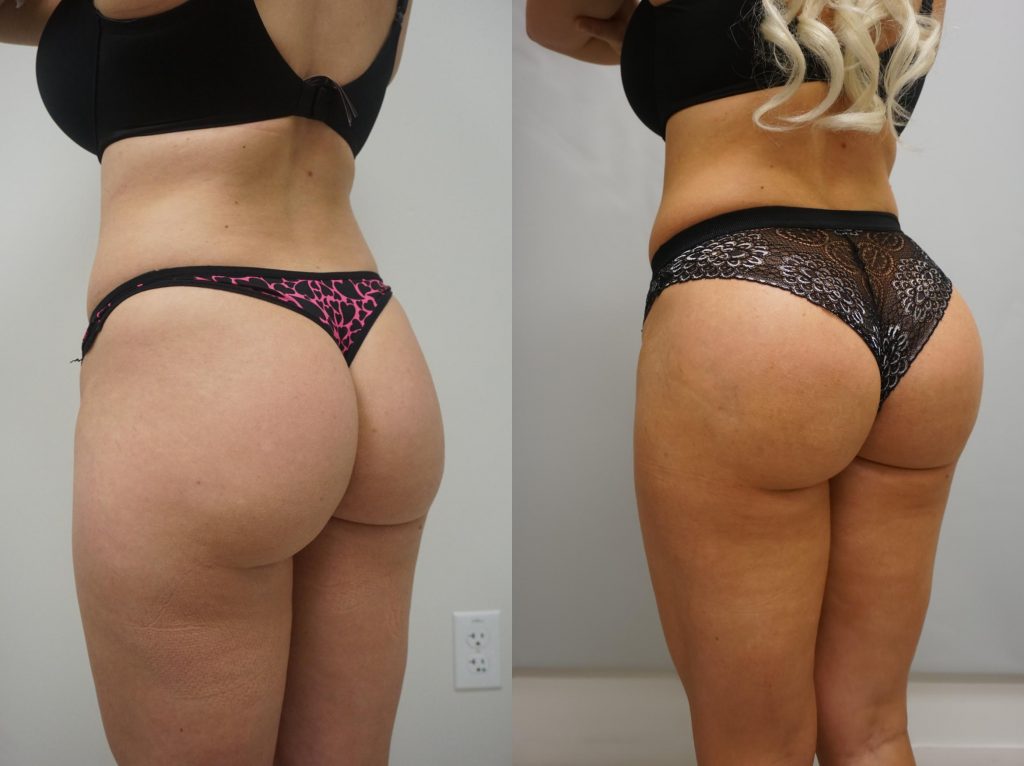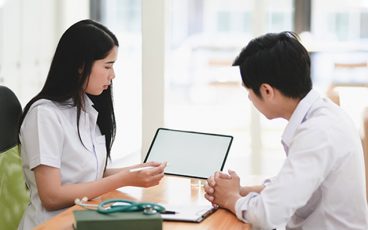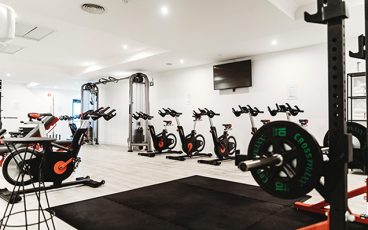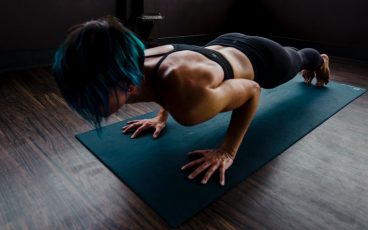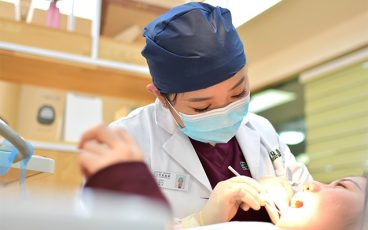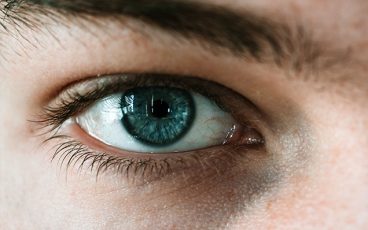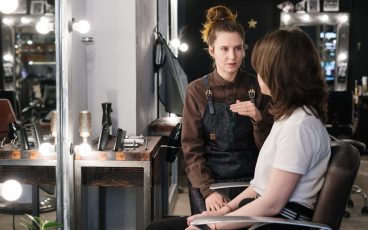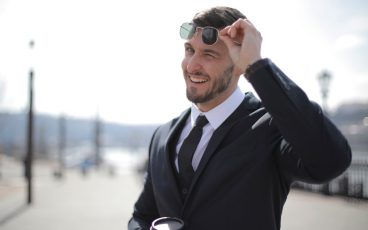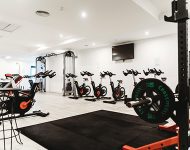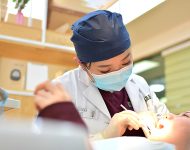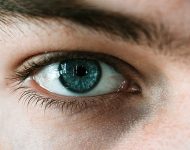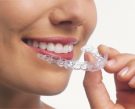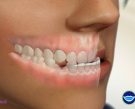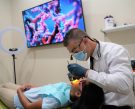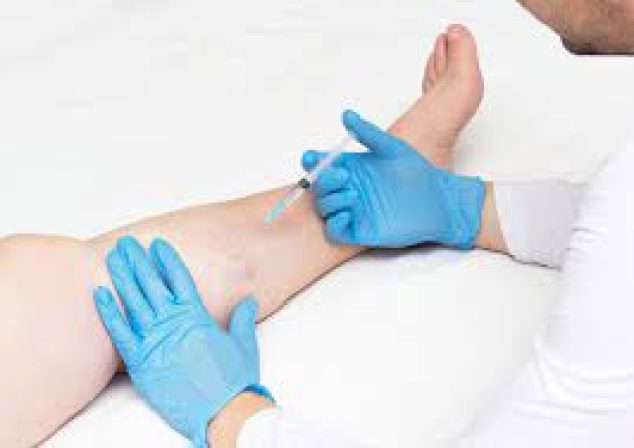
Veins are crucial in our circulatory organs and system, carrying blood return to the heart. However, certain situations can impact the appearance and health of our veins, causing aesthetic concerns and discomfort. Fortunately, several vein treatments are accessible to address these concerns. From minimally invasive processes to lifestyle transforms, this article explores the concept of vein treatments, giving you a comprehensive structure of the options accessible for healthier, more pretty veins.
What Are The Different Types Of Vein Concerns?
Before diving into vein surgeries, it is essential to understand some general vein conditions:
Varicose Veins:
Varicose veins are big, abnormal ones often recognized as purple or blue bulges under the human skin. They commonly impact the legs, creating swelling, pain, and an achy or heavy feeling.
Spider Veins:
Spider veins are smaller in size, enlarged blood vessels that look close to the skin’s surface. They are usually blue, red, or purple in color and often compare to a spider’s trap. Spider veins are generally found on the face, legs, and other body areas.
Chronic Venous Insufficiency (CVI):
CVI happens when the veins in the legs cannot efficiently return the blood to the heart. This can occur in symptoms like leg pain, swelling, and skin changes.
What Are The Various Vein Treatment Options?
This section will explore some treatment options available for vein situations and concerns and will give you an answer to your query, “What do vein centers do?”:
Lifestyle Modifications:
In various cases, making specific lifestyle transformations can help enhance vein health. Maintaining a healthy weight, regular exercise, and avoiding long periods of standing and sitting can reduce symptoms and the threat of developing vein situations.
Compression Treatment:
Compression socks or stockings can help reduce leg swelling and enhance blood flow. They imply gentle force, preventing blood from pooling and encouraging circulation in the veins. Compression treatment mainly benefits individuals with minimal spider veins or varicose veins.
Sclerotherapy:
Sclerotherapy is a little invasive process for treating small varicose and spider veins. During the process, an answer is injected into the impacted veins, causing them to fade and collapse over time. Sclerotherapy is a similarly effective and quick treatment with normal downtime.
Endovenous Laser Ablation (EVLA):
EVLA is a slightly invasive procedure for treating CVI and larger varicose veins. A laser fiber is placed into the impacted vein, delivering aimed heat that creates the vein to seal and collapse shut. The body then dispatches blood flow from healthier veins. EVLA offers faster recovery and higher success rates than traditional vein-stripping treatment methods.
Conclusion:
Vein situations can affect self-confidence and cause discomfort. However, with the enhancements in medical technology and the level of treatment choices available, addressing vein concerns is more available than ever. From lifestyle enhancements to minimally invasive processes like sclerotherapy, RFA, and EVLA, therapies suit severity levels and different needs.
If you are experiencing symptoms of vein conditions, discuss with a vascular specialist or qualified healthcare professional to understand “What Kind of Doctor is a Vein Specialist?” to determine the most valuable treatment. Remember, prioritizing vascular health promotes a more confident, happier you and improves physical well-being.
0 Comments 727 Views
YOU MAY ALSO LIKE
share
About me
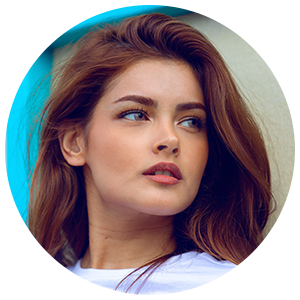
Health And Healthy Tips is Free health blog, If you wish to be part of this blog and want to conribute contents which are interesting for our readers, please contact us.
CATEGORY
- Beauty (19)
- BUSINESS (3)
- Dental Care (187)
- Eye Care (12)
- Fitness (23)
- Healthy Life (179)
- Men's (10)
- Women's (12)

